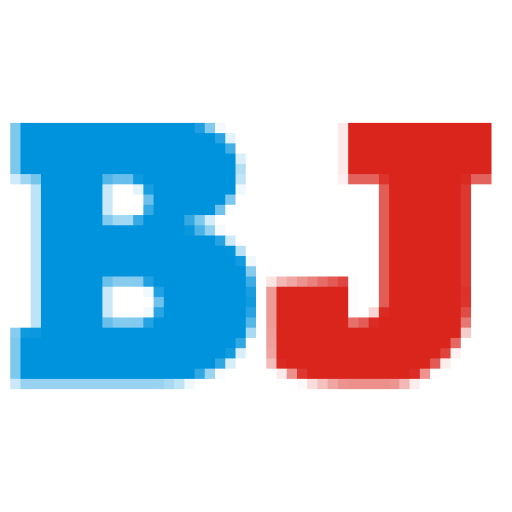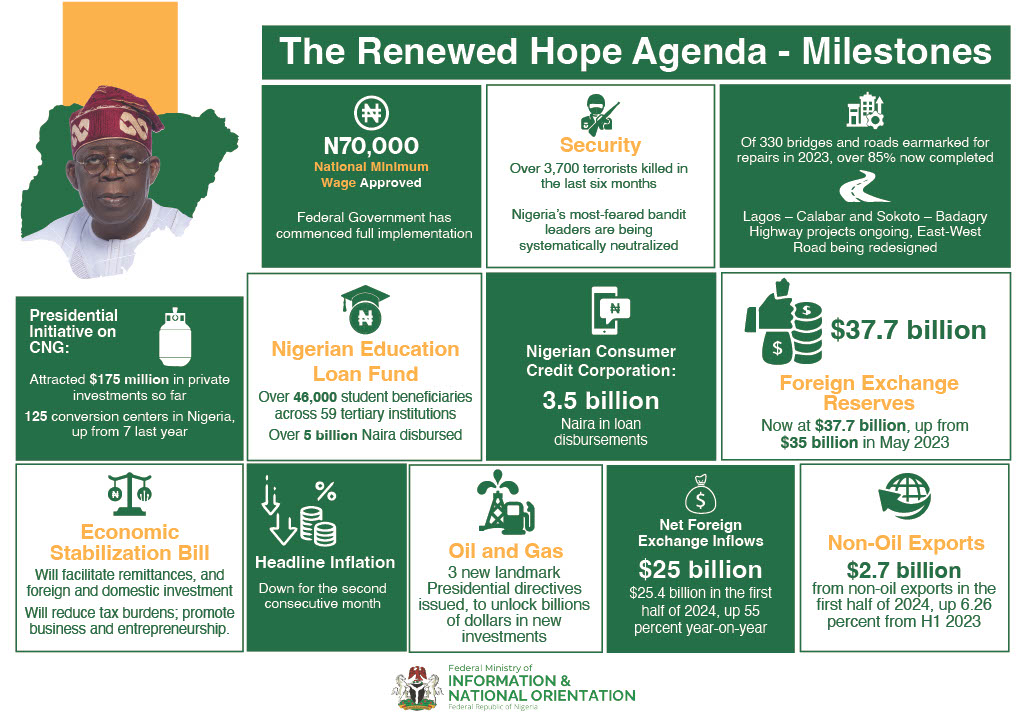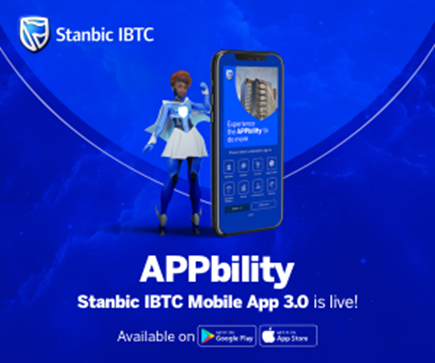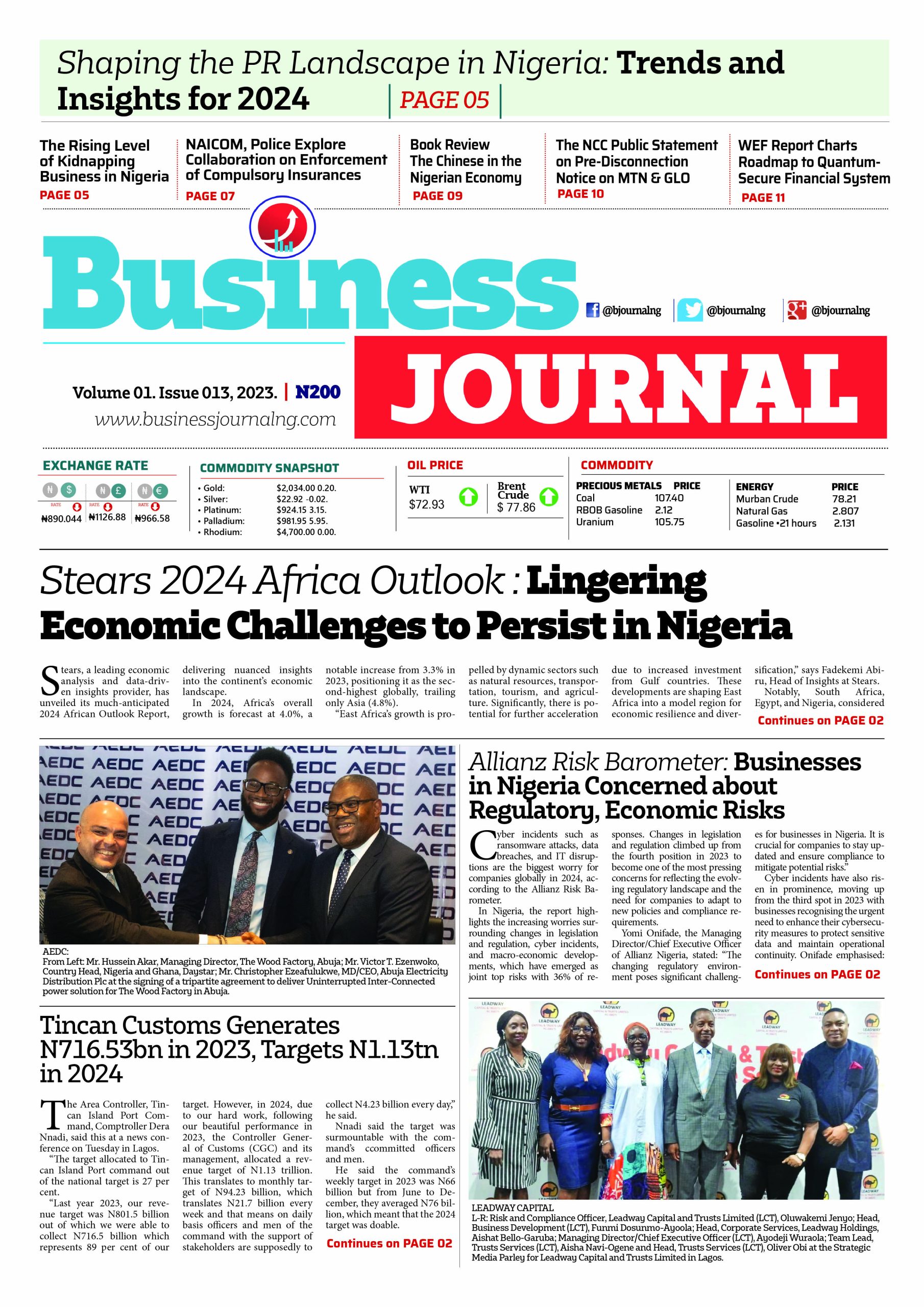Annual spending on mobility across the Middle East, Turkey, and Africa (META) is expected to reach $185 billion by 2019, according to IDC’s new ‘Mobility Spending Guide’.
This represents a 10.2% share of worldwide enterprise and consumer spending on mobile devices, software, and services, which is forecast to total $1.8 trillion in 2019.
Mobility is one of the four pillars that make up IDC’s 3rd Platform – a series of emerging technologies that have disrupted traditional business processes and continue to create transformative opportunities for vendors eager to engage a wider set of customers.
IDC is closely tracking mobility market developments across regions and has therefore created the new Worldwide Semiannual Mobility Spending Guide. This spending guide outlines spending in both the enterprise and consumer segments in great detail across technology categories (mobile devices, software, and services), and across industries, geographies, and industry sizes.
META’s most active countries in this regard are Saudi Arabia, Turkey, South Africa, and the UAE:
• Saudi Arabia is the single largest mobility market in META, followed by Turkey. Together, Saudi Arabia, Turkey, South Africa, and the UAE accounted for approximately 38.7% of the entire mobility opportunity within the META region in 2015.
However, the rest of the META region is expected to grow at faster compound annual growth rate (CAGR) of 5.1% over the 2014–19 period.
• While services accounts for approximately two-thirds of the total mobility opportunity in META, software is the fastest-growing category among the technology categories. Software spending will grow from $164.3 million in 2015 to $330 million in 2019. Although companies in META lag behind Western Europe in the adoption of mobility, approximately 64% of companies in the region have plans to make modest-to-major investments in business applications for mobile devices (‘IDC Enterprise Communications Survey’). Large companies are more active in this respect.
In 2015, 49% of mobility software spending in META was attributed to enterprises with over 500 employees, but small and medium-sized businesses (SMBs) are expected to grow strongly.
• Manufacturing, retail, and banking and financial services are among the early adopters of mobility. While improving productivity, efficiency, and customer services are some of the probable drivers, ensuring security, data privacy, and regulatory compliance remain the key challenges for mobility adoption. Mobility spending (including hardware, software, and services) by META manufacturing organisations will grow from $5.8 billion in 2015 to $6.5 billion in 2019. Meanwhile, both the retail and banking & financial services verticals will see increases from approximately $3 billion to $3.8 billion in 2019 over the same period.
“The META mobility market is generally on the rise,” says Krishna Chinta, program manager for telecommunications and media at IDC Middle East, Africa, and Turkey. “However, due to the diversity of the region’s economic conditions, the adoption of mobility is more mature in markets such as the GCC and Turkey, while countries in Africa remain largely underpenetrated. Africa itself is also a diverse region where countries such as South Africa and Nigeria are more mature than markets such as Ghana and Namibia, which typically remain underdeveloped. While the low penetration rates across Africa naturally present considerable growth potential for mobility, the ongoing economic diversification measures underway in the GCC will also drive the growth of mobility across the META region. However, the prevailing slump in global crude oil prices might impact the investment propensity of enterprises in the short-to-medium term.”
IDC’s ‘Worldwide Semiannual Mobility Spending Guide’ is designed to address the needs of technology organisations by assessing the mobile opportunity by country, industry, and use case. The spending guide provides subscribers with spending data on 7 technologies across 19 industries, 4 company sizes, and 53 countries.
Unlike any other research in the industry, the comprehensive spending guide can help IT decision makers to clearly understand the industry-specific scope and direction of mobility spending today and over the next five years.











